This week Philips Hue will present its new surveillance system called “Hue Secure”. In the past few weeks, a lot of information has already leaked out. I would like to provide you with the most important details shortly before the official presentation and also give you some assessments.
Four cameras – but one will come later
At the launch, Philips Hue will introduce four cameras. This is not quite correct. But first let’s take a look at the four models and the supposed prices of the different versions.
- Hue Secure Cam Wired for 199.95 euros
- Hue Secure Cam Wired Desktop for 229,99 Euro
- Hue Secure Cam Battery for 249,95 Euro
- Hue Secure Flood Light Camera for 349,95 Euro
The wired camera is the exact same hardware, but sold in two different versions with a wall mount or desktop mount. The battery-powered Hue Secure cameras have the same front, but are significantly longer due to the integrated battery.
You can think of the Hue Secure Flood Light Camera as a combination of a Hue Welcome flood light and the wired camera. If you have your eye on it, however, you will have to be patient: the most expensive model will not be available in stores until later.
All models have one thing in common: according to my information, the resolution of the cameras is 1080p. Communication with the Hue Bridge takes place via 2.4 or 5 GHz WLAN, and a ZigBee radio module is also built in.
This is the new Hue Secure Contact Sensor Available in two colours
Philips Hue smart home cameras officially announced Hue Secure to launch in autumn 2023
The classic contact sensors come in two colours
Philips Hue wants to round off the hardware of the Hue Secure System with a contact sensor in a classic design. This will be available with a white and black housing, as confirmed once again today by FCC approval documents. A single sensor will cost 39.95 euros, a double pack of the same colour will be available for 69.95 euros.
Like other manufacturers, Philips Hue relies on a CR2 battery for the contact sensor. Thanks to the economical ZigBee standard, the battery life should certainly be one to two years.
In all likelihood, you will also be able to integrate the contact sensors into your Hue system without a camera; they only use ZigBee to communicate directly with the Hue Bridge.
App, privacy and subscription
There will probably be a separate section for Hue Secure in the Hue app. Of course, cameras and contact sensors will work closely with the illuminants and enable an alarm function via light signal, for example.
Philips Hue will attach great importance to data protection. An end-to-end encryption of the videos has already been promised, so that even the manufacturer cannot access the recordings. Likewise, it is supposed to be possible to permanently black out selected areas of the image and even automatically make people’s faces unrecognisable.
For some AI and cloud-based functions, however, a subscription will probably be necessary. This is exactly how many other manufacturers and also Signify itself handle it – with its low-budget brand WIZ, the Hue manufacturer already offers a paid subscription for the camera if video clips are to be stored in the cloud for longer.
Note: This article contains affiliate links. We receive a commission for purchases via these links, which we use to finance this blog. The purchase price remains unchanged for you.


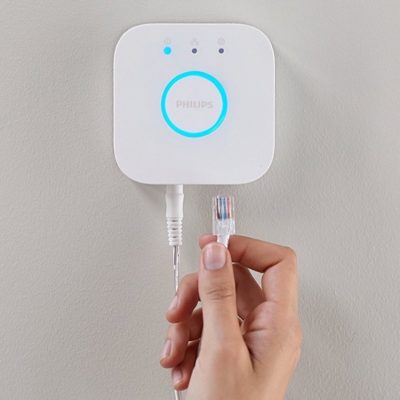
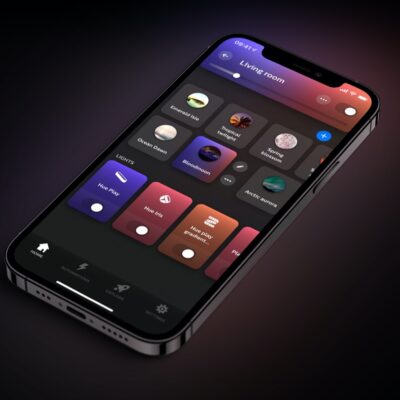
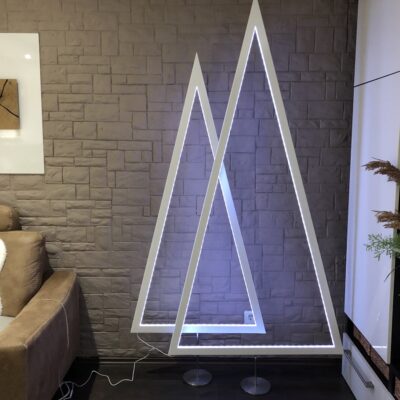
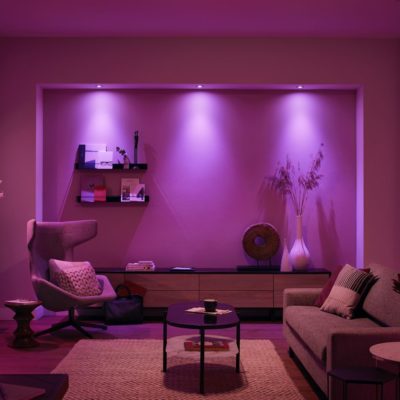
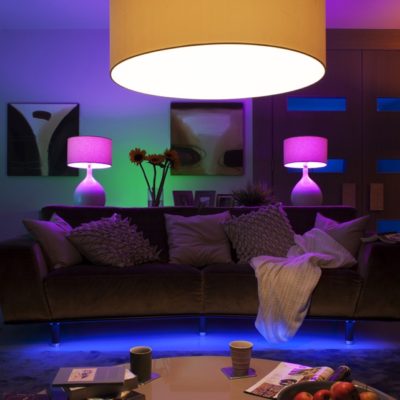

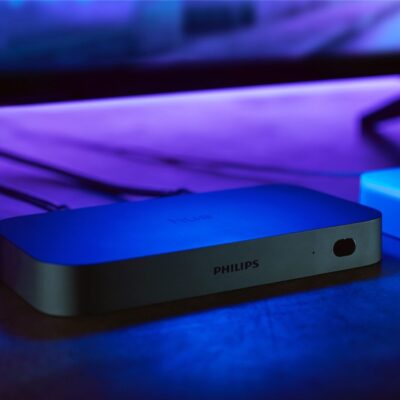

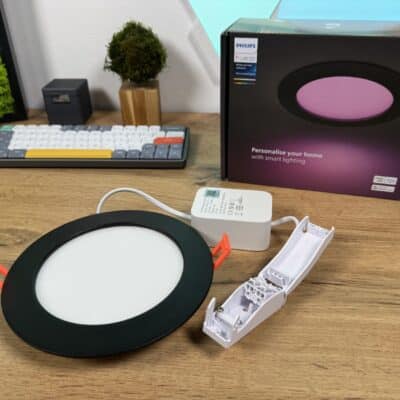
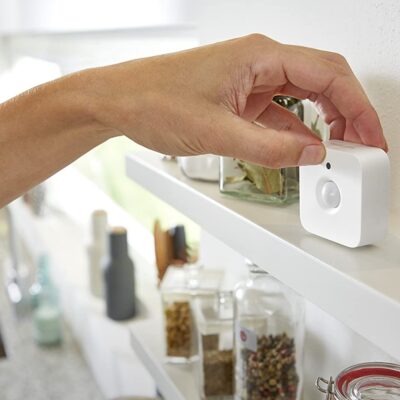
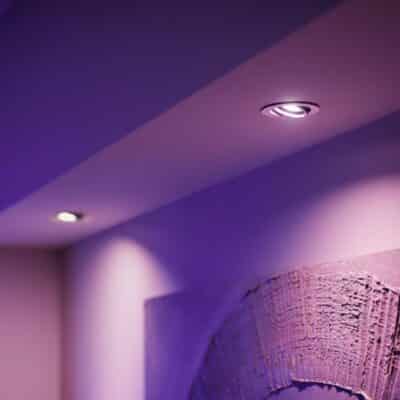
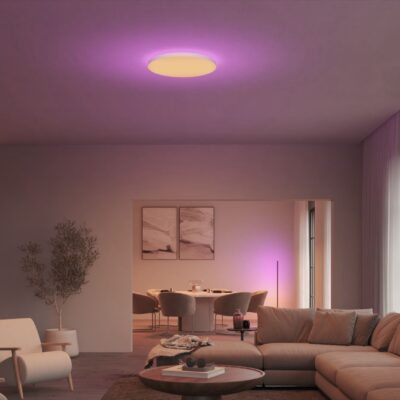

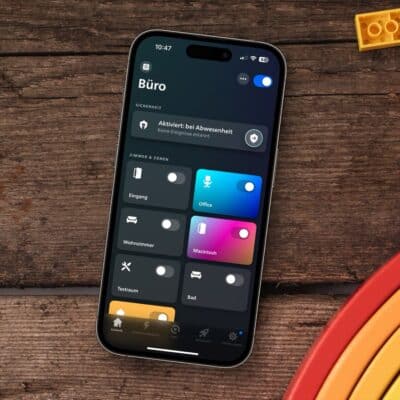

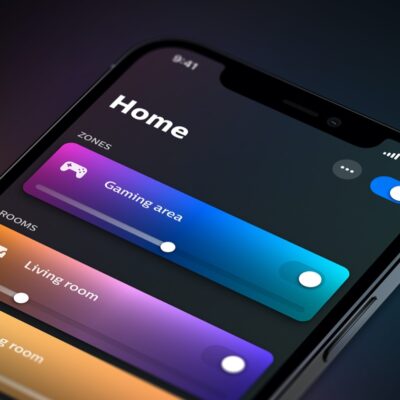
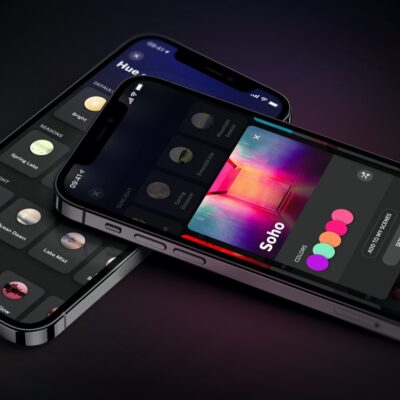
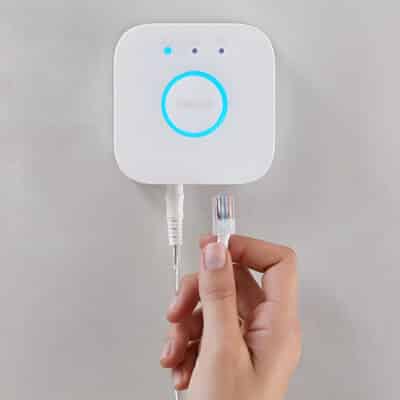


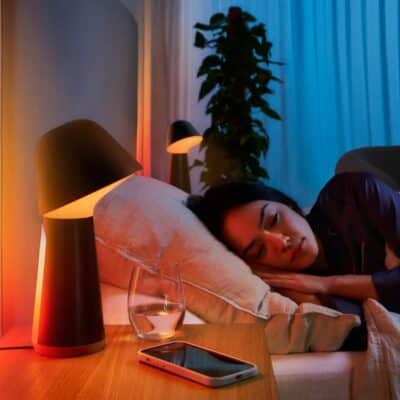
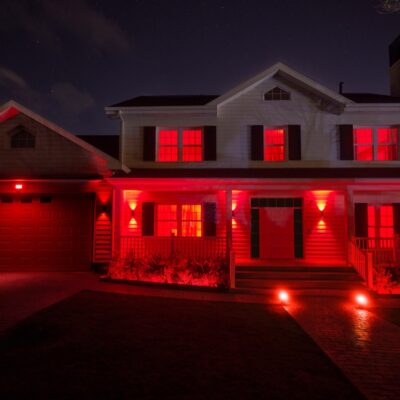

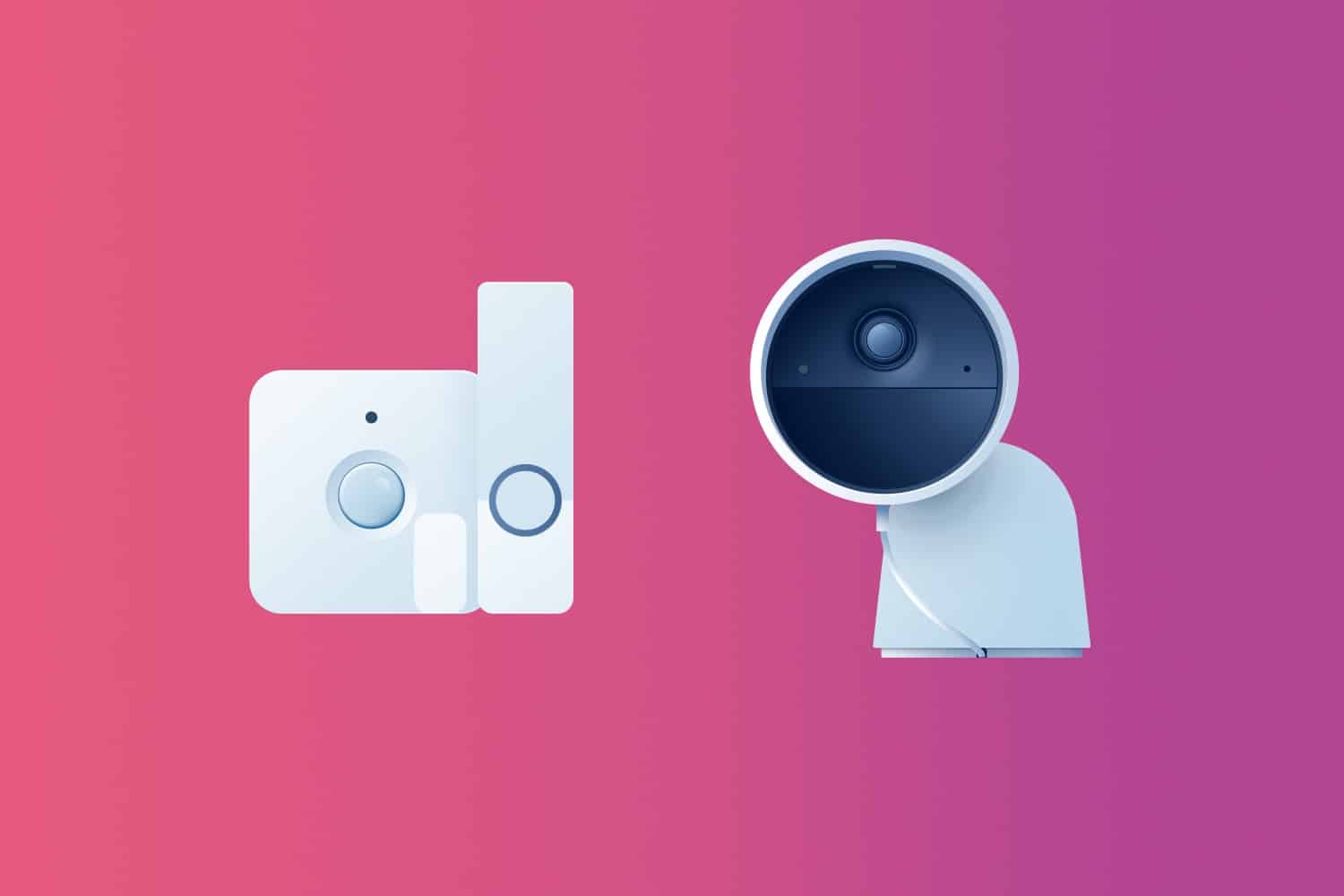
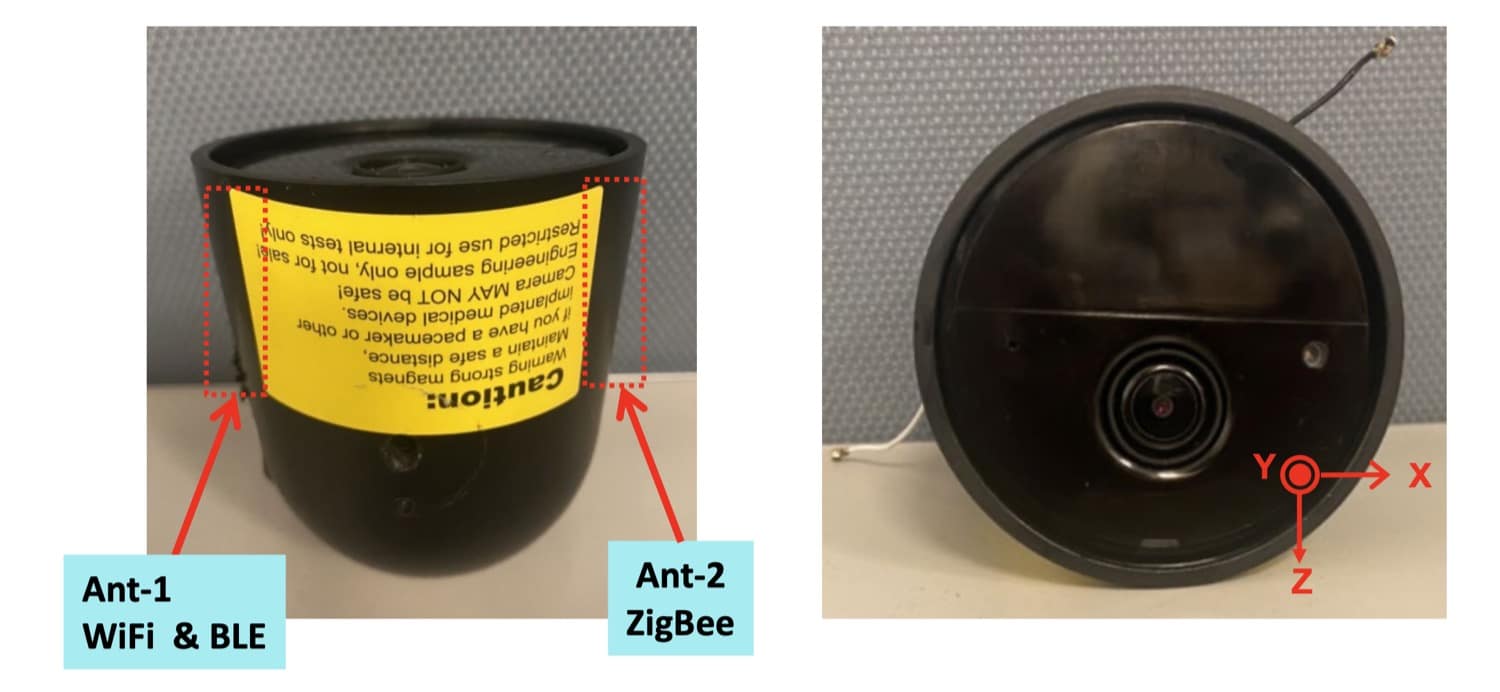
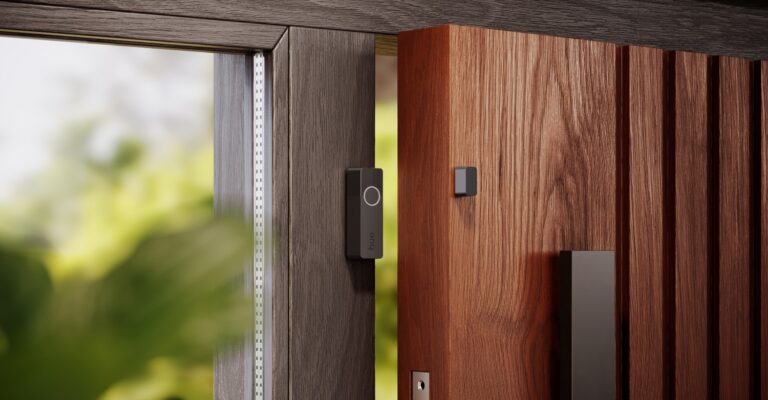
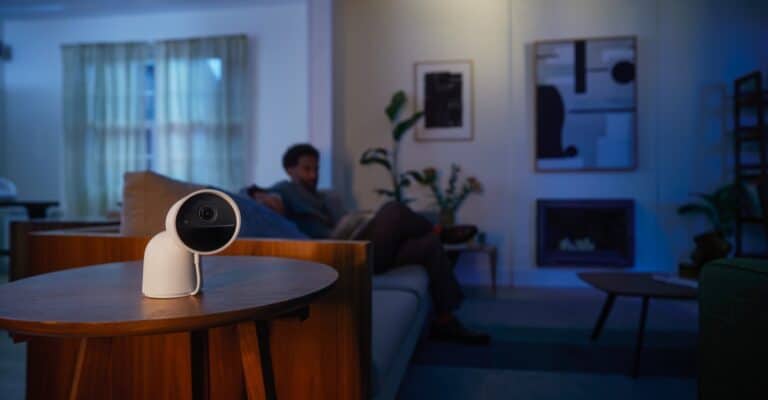
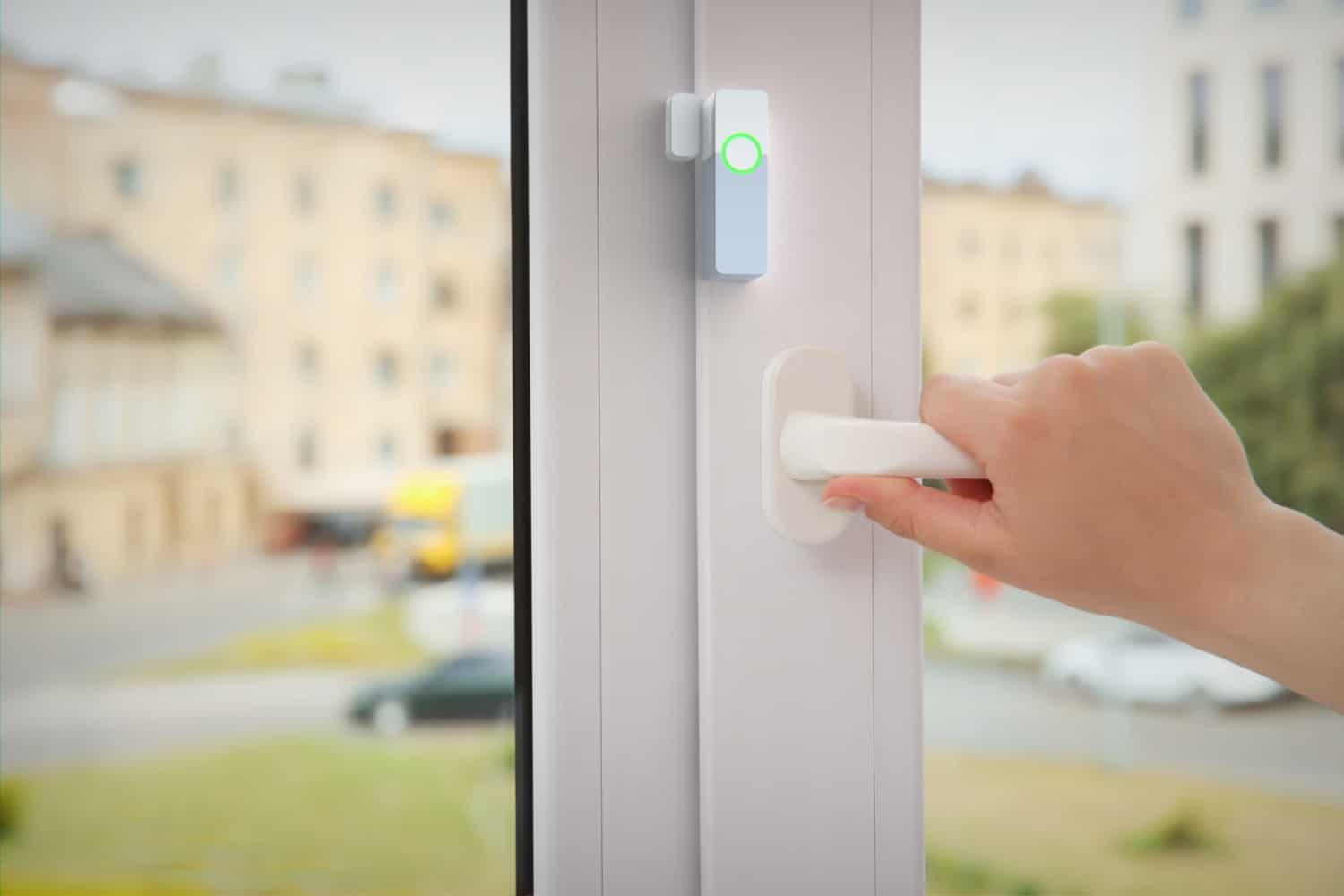
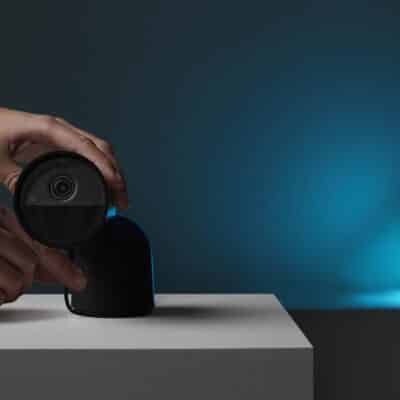
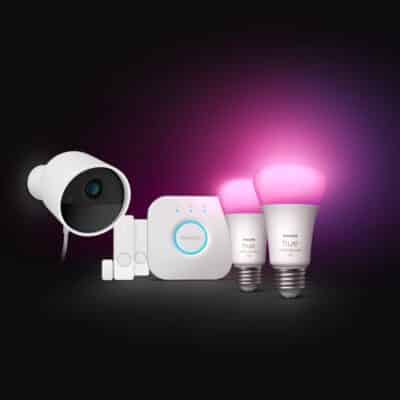
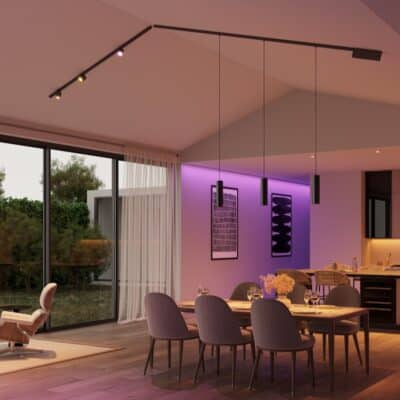
Based on the sensor pic does that mean there’s also going to be a new motion sensor?
Unless it has local storage (which I’m betting it won’t) it’s a hard pass.
This is just Philips trying to get into the monthly subscription game for new revenue, no thanks.
Eufy has decent cameras with local storage and no subscriptions. End up saving lots of money in the long run.
They lost me with the cameras being 1080p for that price point. Should have been 1440p and I’d probably be placing an order the day they hit the store.
I don’t care to buy anything else Philips releases for Hue, until they either increase the hub capacity beyond 50 objects via upgrades, or introduce a more capable hub.